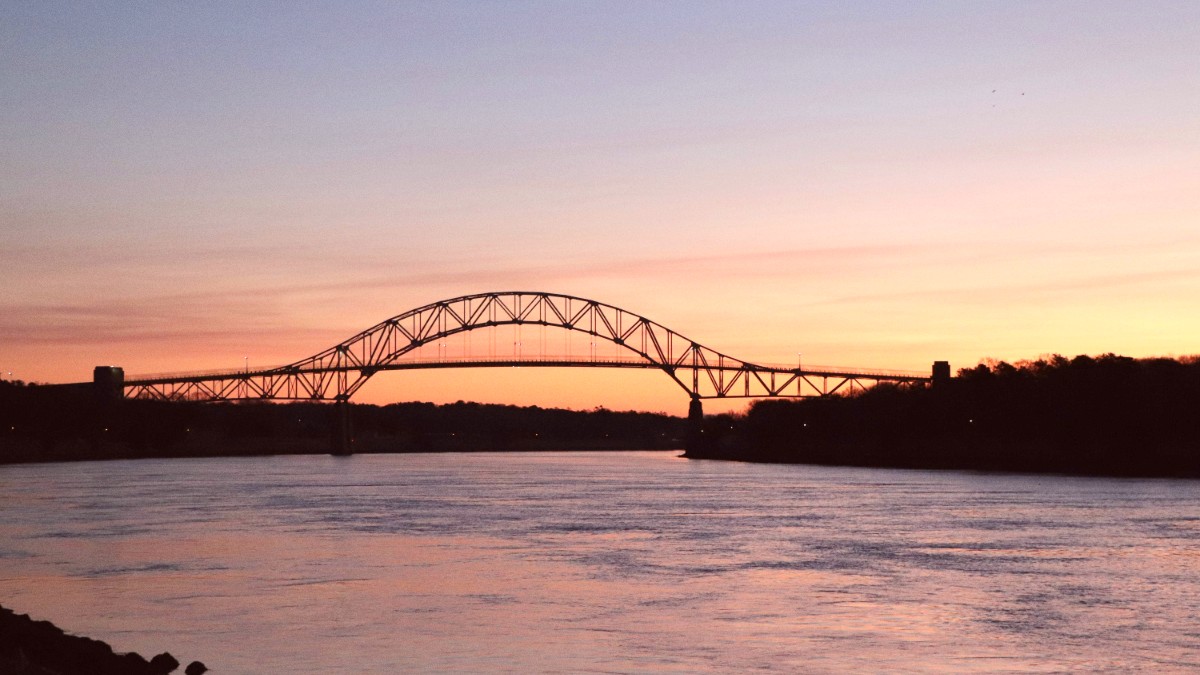
Massachusetts, USA
Cape Cod holds an unique place in American culture, recognized for its relaxed atmosphere and quintessential New England coastal character. Generations of travelers return here, drawn by its diverse appeal. Whether you seek to explore nature, soak up history, enjoy a culinary adventure, or simply unwind by the sea, Cape Cod forms a perfect backdrop.
Visitors often appreciate the peninsula’s blend of untouched natural landscapes and well-preserved historical sites. The Cape Cod National Seashore protects a significant portion of its coastline, ensuring that its dramatic dunes, pristine beaches, and unique ecosystems remain intact for future generations.
Historic homes, maritime museums, and lighthouses tell stories of explorers, sea captains, and artists who shaped this land.
Cape Cod forms a distinctive, hook-shaped peninsula in the southeastern part of Massachusetts, extending eastward into the Atlantic Ocean. This unique geographical feature measures approximately 65 miles (105 km) in length from its base at the Cape Cod Canal to its very tip in Provincetown. The Cape Cod Canal, a man-made waterway completed in 1914, physically separates Cape Cod from mainland Massachusetts. This navigable canal, approximately 7 miles (11 km) long, forms a shipping shortcut between Buzzards Bay and Cape Cod Bay. Three bridges—two vehicle bridges (Sagamore and Bourne) and one railroad bridge—span the canal, serving as the main entry points onto the peninsula. These bridges can become bottlenecks, especially during peak summer travel periods.
The geography of Cape Cod creates two distinct coastal environments: the bayside and the oceanside. The Bayside, facing north towards Cape Cod Bay, benefits from the protective embrace of the landmass. This results in calmer, warmer waters, less powerful waves, and extensive tidal flats at low tide. Conversely, the Oceanside, facing east and south towards the open Atlantic, experiences stronger currents, cooler water, and more vigorous waves.
Bourne, Sandwich, Falmouth, Mashpee. Historic towns, academic institutions, island access.
Barnstable, Hyannis, Yarmouth, Dennis. Commercial and transportation heart, family-friendly.
Harwich, Brewster, Orleans, Eastham. Charming villages, bayside and oceanside access, Rail Trail.
Wellfleet, Truro, Provincetown. Wild beauty, dramatic dunes, National Seashore, artistic hub.
Presents a different facet of the Cape Cod experience.
Bayside beaches like Mayflower Beach in Dennis and Skaket Beach in Orleans expose vast stretches of sand during low tide, ideal for strolling, discovering marine life, and young children to play safely in shallow pools. Sunsets over Cape Cod Bay are notably beautiful. The oceanside includes the stunning beaches of the Cape Cod National Seashore, like Coast Guard Beach and Nauset Beach. These expansive, windswept beaches are popular for surfing, bodyboarding, and long walks along the shore. The dynamic nature of the Atlantic coastline means constant shifts in sand and beach profiles. This is also where you find the dramatic dune landscapes, especially around Provincetown and Truro.
This section is closest to the mainland, marked by historic towns, academic institutions (like Woods Hole Oceanographic Institution), and bustling Main Streets. It grants easy access to Martha's Vineyard and Nantucket via ferries from Falmouth and Woods Hole. This area has a more year-round residential feel.
Serving as the commercial and transportation core of the Cape, Hyannis is a bustling hub with the regional airport, ferry terminals, and a variety of shopping and dining options. Yarmouth and Dennis feature family-friendly beaches, mini-golf courses, and a mix of motels and resorts, making them popular choices for convenient amenities and calm waters.
Planning your crossing during off-peak hours (early morning or late evening) can save significant time, especially during summer weekends. Traffic across the bridges often becomes congested from Friday afternoon through Saturday morning entering the Cape, and Sunday afternoons exiting.
Cape Cod's history stretches back thousands of years to its earliest inhabitants, the Wampanoag people. Their deep knowledge of the land and sea sustained them for millennia, shaping the very environment that later attracted settlers. Many place names on Cape Cod, like Mashpee, Nauset, and Monomoy, derive from Wampanoag words, a lasting testament to their enduring presence.
The peninsula holds a prominent place in early American history as the site of the Pilgrims' first landing in North America in 1620. Before settling in Plymouth, the Pilgrims first landed in what is now Provincetown Harbor. They explored the area for several weeks, signing the Mayflower Compact aboard their ship while anchored in the harbor, a document that established principles of self-governance. The towering Pilgrim Monument in Provincetown commemorates this initial landing, providing a tangible link to one of the shaping moments in U.S. History.
From the 17th to 19th centuries, Cape Cod flourished through fishing, whaling, and shipbuilding, sending ships worldwide.
The 19th century brought the railroad, turning Cape Cod into a popular summer resort destination with grand hotels.
Provincetown became a renowned artists' colony in the early 20th century, drawing painters, sculptors, and playwrights.
In the mid-20th century, Cape Cod gained prominence as a retreat for the Kennedy family, notably President John F. Kennedy, who maintained a family compound in Hyannis Port.
Cape Cod offers a distinct blend of natural beauty, historical depth, and recreational opportunities, forming a compelling destination for a wide range of travelers. At its core, the peninsula presents an escape to a classic New England coastal setting, characterized by its unique geography and relaxed pace.
Miles of beaches, from calm bayside to dramatic Atlantic shores, along with dunes, forests, and salt marshes.
Dotted with unique towns like Chatham, Sandwich, and Hyannis, each with distinct character.
Fresh seafood dominates, featuring lobster rolls, clam chowder, and Wellfleet oysters, catering to all tastes.
Accessing Cape Cod is straightforward, typically via bridges from mainland Massachusetts, or through regional airports.
While a rental car offers the most flexibility for exploring, local buses and seasonal trolleys also transport between towns.
Accommodations range from budget-friendly motels and campgrounds to charming bed & breakfasts, luxury resorts, and popular vacation rentals.